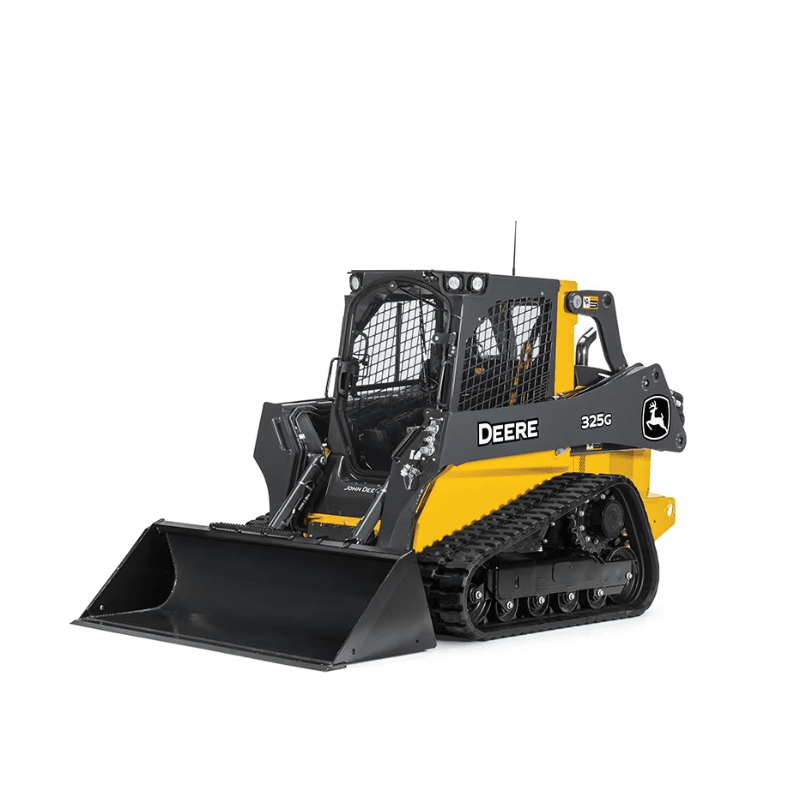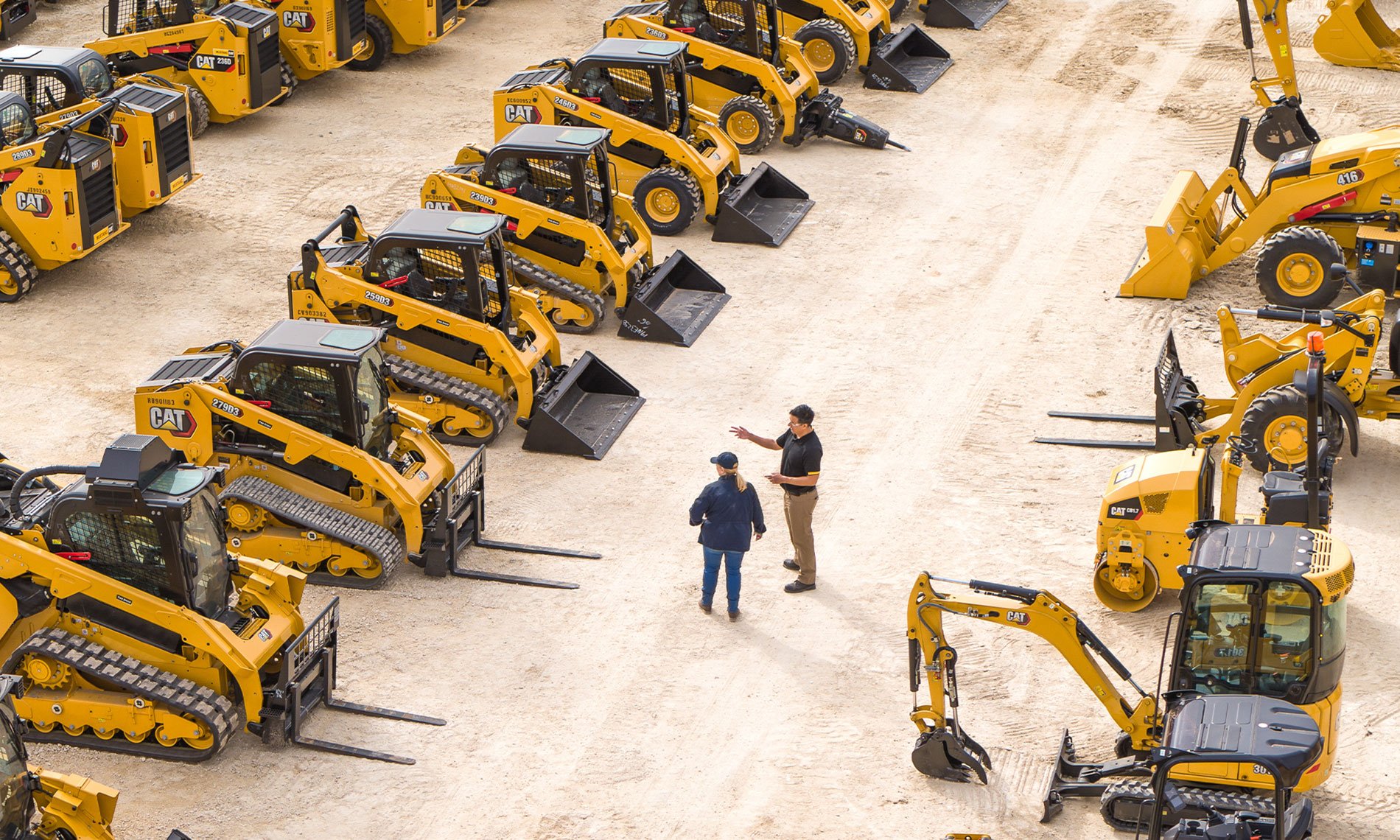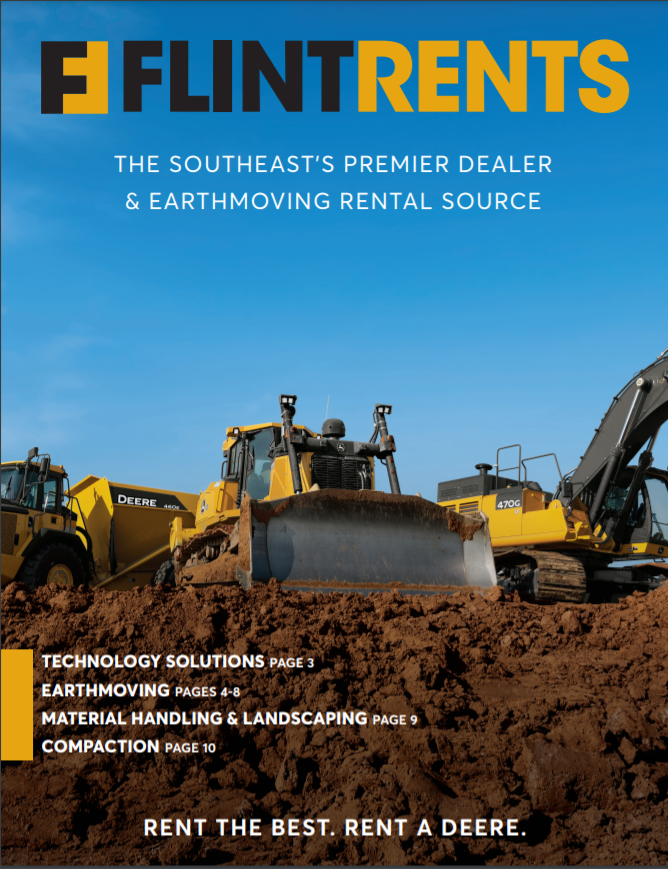Forklift Rental: Heavy Lifting Equipment for Warehousing and A lot more
Forklift Rental: Heavy Lifting Equipment for Warehousing and A lot more
Blog Article
Maximize Your Budget by Understanding the Prices Connected With Building Equipment Rentals
Recognizing the full range of prices associated with building tools rentals is vital for optimizing your budget plan. What approaches can be employed to efficiently take care of these prices and ensure a much more reliable rental experience?
Review of Rental Expenses
When taking into consideration building and construction equipment leasings, comprehending the associated prices is vital for effective budgeting and task planning. Rental prices can vary dramatically based on numerous elements, consisting of equipment type, period of rental, and place. The first rental charge often shows the tools's market demand and its connected functional abilities, affecting the overall cost.
Along with the base rental rate, supplementary prices may develop, such as transport fees, gas additional charges, and maintenance fees. It is important to represent these added expenses to precisely analyze the total cost of leasing tools. Additionally, the rental duration can affect rates; longer rentals may get affordable prices, while short-term rentals may sustain greater day-to-day costs.

Failure of Rental Prices
A thorough understanding of rental prices is necessary for service providers and task supervisors aiming to optimize their budgets. Rental rates for construction tools commonly include a number of elements, including base prices, time-based costs, and usage fees.
Base prices are the core costs linked with the leasing of the equipment, often determined by the kind and dimension of the machinery. These prices can differ considerably, influenced by variables such as devices demand, availability, and local market fads. Time-based fees, which may be daily, weekly, or monthly, offer to fit different task timelines and rental periods.
Additionally, rental prices may include use fees, which apply when tools is used past a defined threshold, making certain that the rental business can account for damage. Seasonal demand variations can likewise influence rental rates, with peak construction periods generally regulating higher rates.
Additionally, understanding the rental business's policies relating to maintenance and insurance policy can offer further insight right into the overall price structure. By examining these components, specialists can make informed choices, ensuring the choice of rental tools straightens with both task demands and spending plan restrictions.
Added Fees to Consider
Recognizing the intricacies of additional fees is important for service providers to manage their overall rental expenses efficiently. Beyond the common rental prices, different auxiliary costs can significantly impact the total cost of equipment service. These costs often consist of distribution and pick-up costs, which can differ based upon distance and logistics associated with carrying the devices to and from the task site.
Moreover, some rental companies might enforce gas surcharges if the devices is returned with less fuel than when rented. It is additionally necessary to recognize possible cleansing fees, particularly for customized tools that needs complete maintenance after use.

Extensively examining the rental agreement and making clear these extra fees ahead of time can assist contractors make certain and stay clear of unanticipated expenses that spending plans stay intact throughout the job lifecycle.
Maintenance and Repair Service Expenses
Normal repair and maintenance expenses are often visit our website ignored factors that can dramatically influence the general cost of building equipment leasings. When renting out equipment, it is vital to consider not just the rental costs but likewise the potential expenses connected with keeping the machinery in ideal operating problem.
Numerous rental business consist of basic maintenance as part of the rental contract; nevertheless, more unanticipated failures or comprehensive repair services can lead to additional expenses. It's necessary to review the rental contract thoroughly to recognize what upkeep solutions are covered and what responsibilities fall on the tenant.
Moreover, devices that is not properly maintained can bring about inefficiencies on duty site, potentially triggering delays original site and enhancing task expenses. To alleviate these threats, it is advisable to conduct normal inspections and maintain open interaction with the rental service provider concerning any issues that arise during usage.
Insurance Policy and Responsibility Prices
Insurance coverage and obligation expenses are crucial components that can significantly impact the total expenditure of building and construction devices leasings (equipment rental company). These prices make sure that both the rental business and the client are shielded from prospective financial losses developing from mishaps, damage, or burglary during the rental period

In addition, customers ought to recognize any type of deductibles or exclusions in the insurance coverage policy, as these can anchor affect prospective out-of-pocket expenses. Comprehending the terms of any kind of insurance policy protection is vital to prevent unanticipated costs. Inevitably, budgeting for insurance and obligation expenditures can help make sure a smoother rental experience and shield against monetary threats related to building tasks.
Conclusion
In verdict, a thorough understanding of the prices connected with building equipment rentals is essential for reliable spending plan administration. Eventually, informed decision-making regarding tools leasings contributes to the overall success of construction undertakings.
Rental prices can vary considerably based on several variables, consisting of equipment kind, period of rental, and area (forklift rental). The rental period can impact rates; longer rentals might qualify for affordable prices, while short-term services might sustain higher day-to-day fees
By conducting thorough study and engaging with trustworthy rental companies, specialists can efficiently browse the complexities of rental prices, ultimately maximizing their economic resources.
Past the basic rental prices, various extra charges can substantially impact the overall price of equipment leasing. Rental firms typically give obligation insurance policy that covers injuries to third celebrations or damages to home, while tools damage insurance coverage can cover the price of repairs or substitute if the rented out equipment is damaged.
Report this page